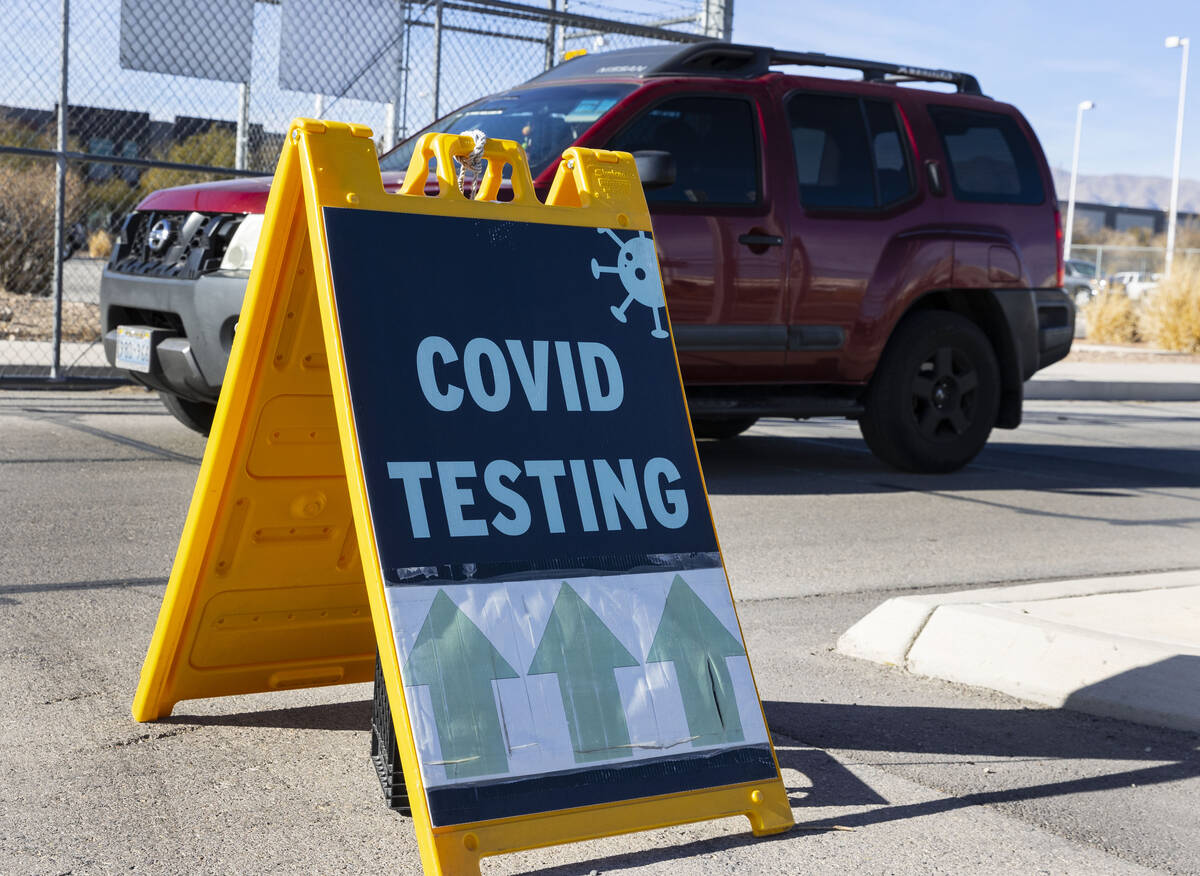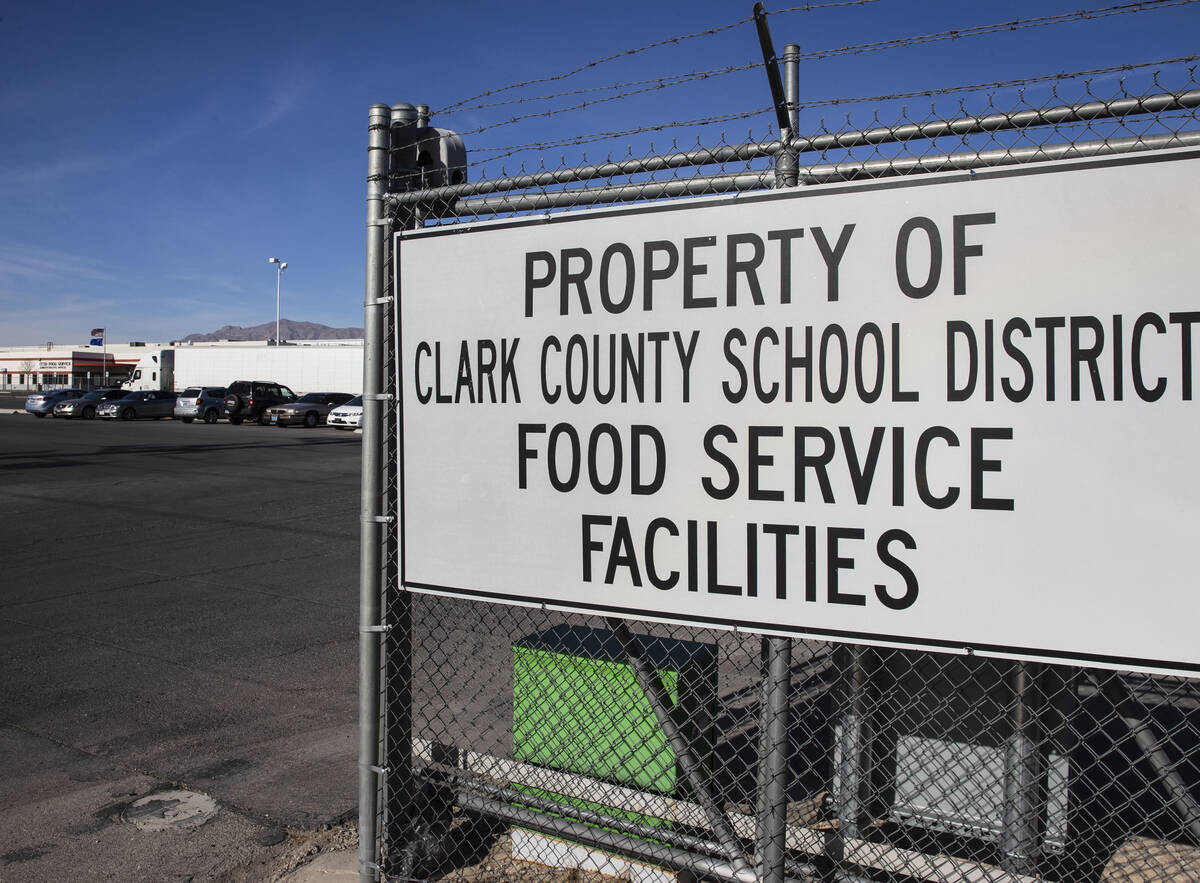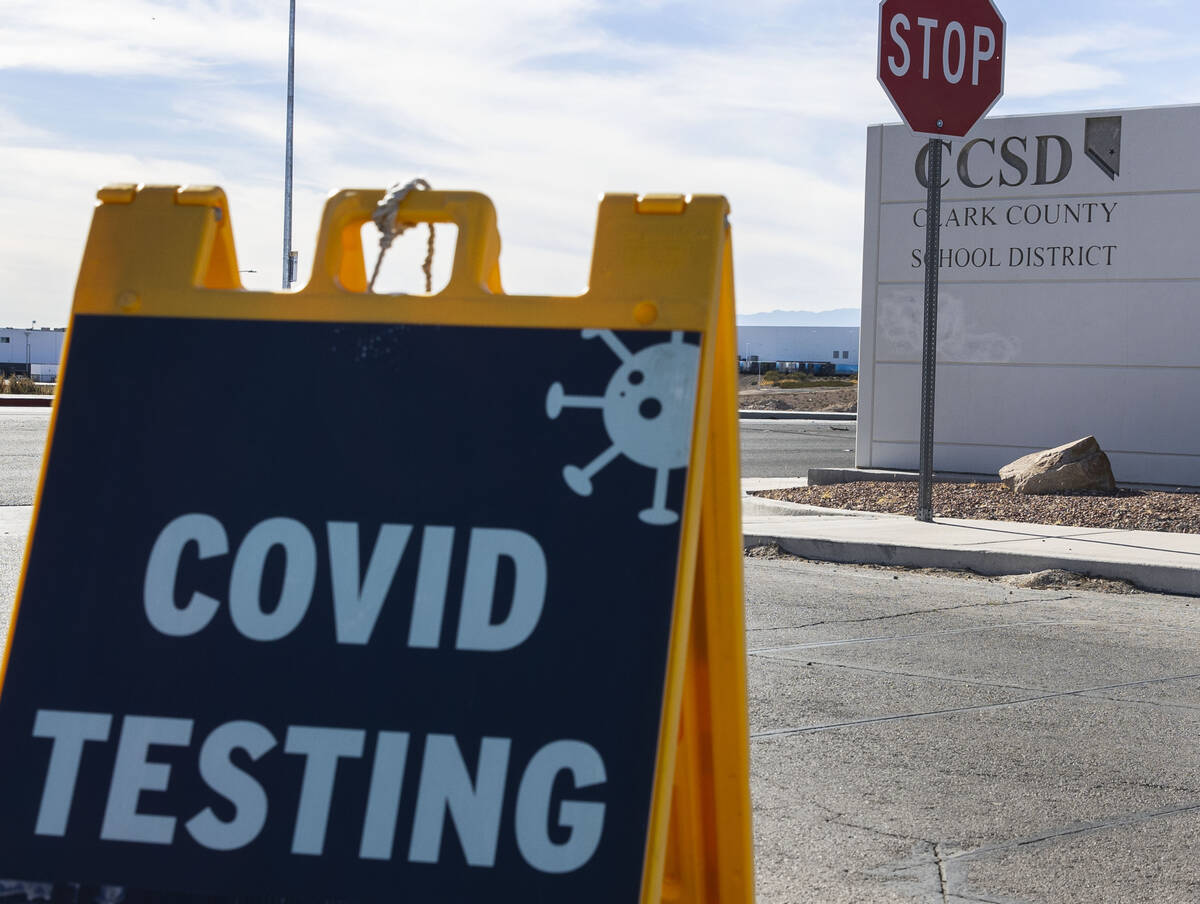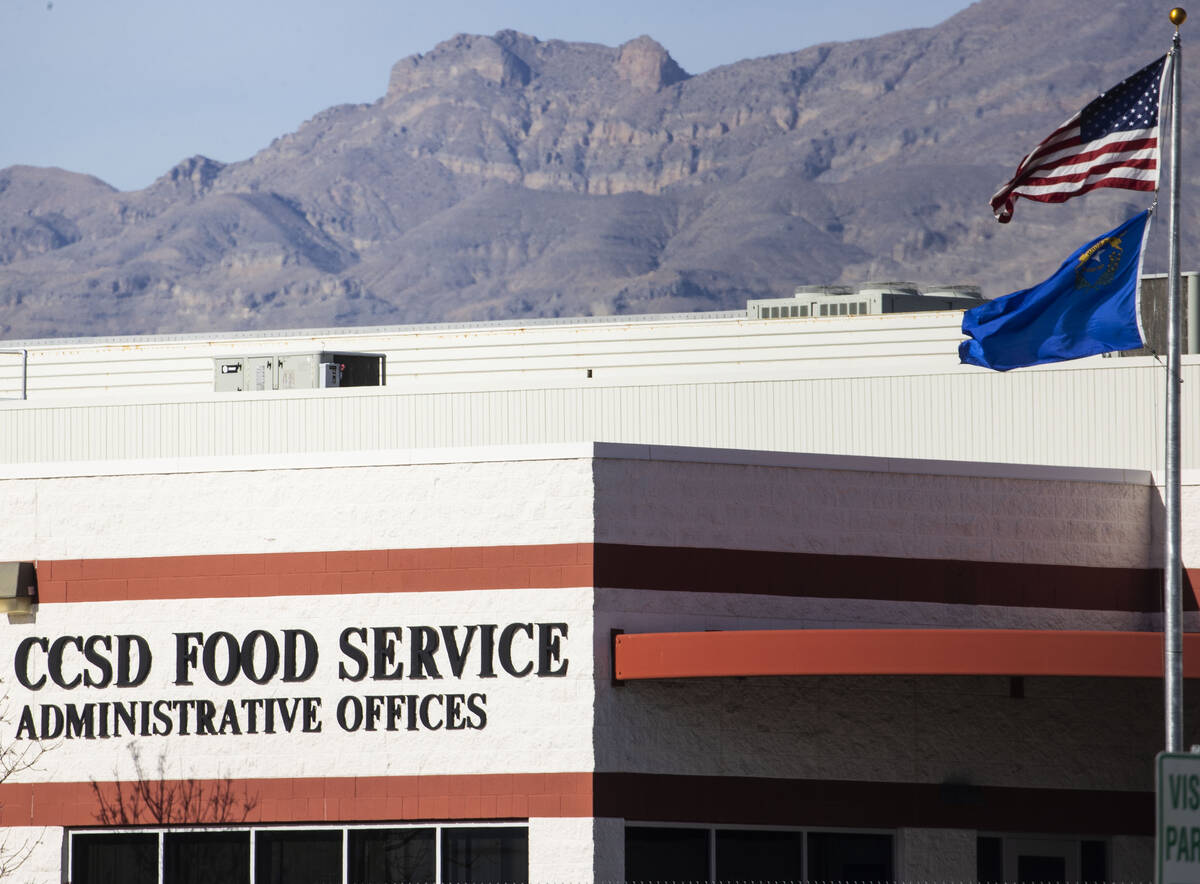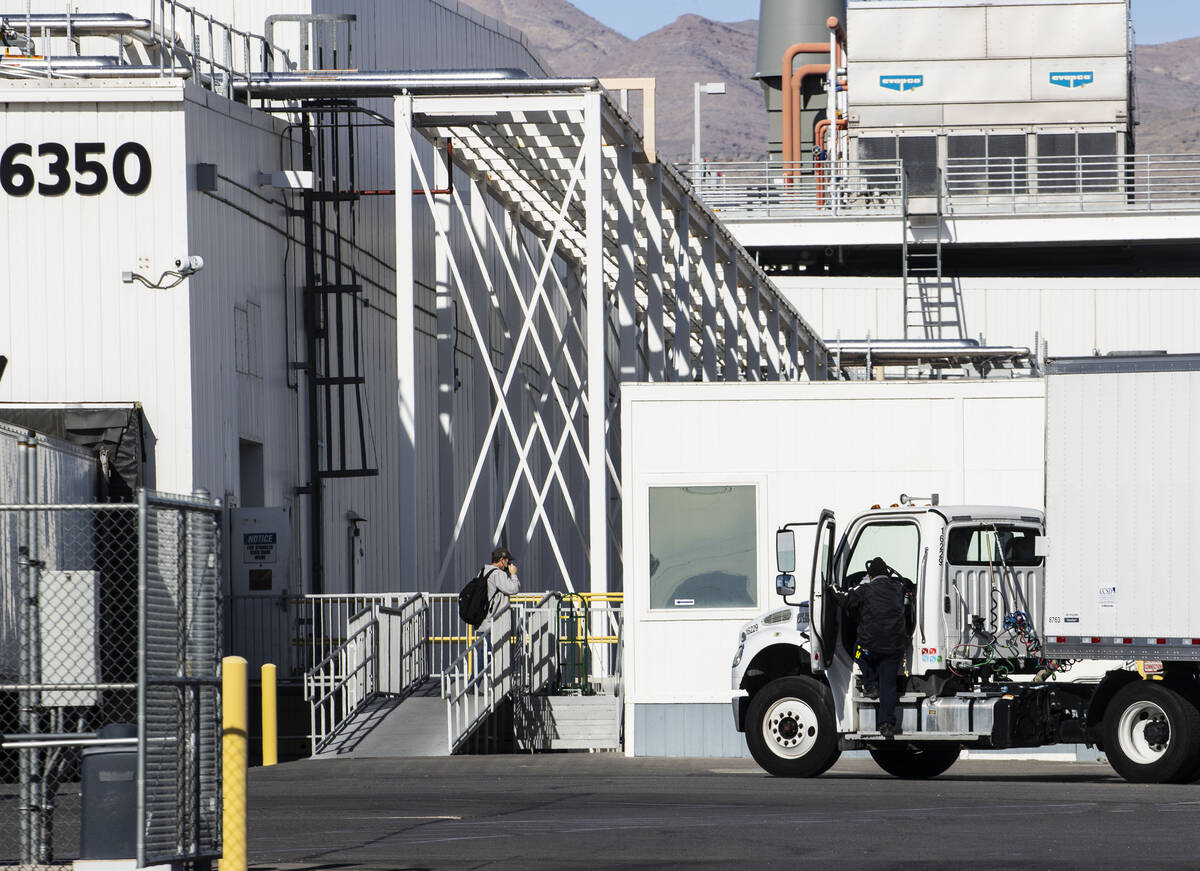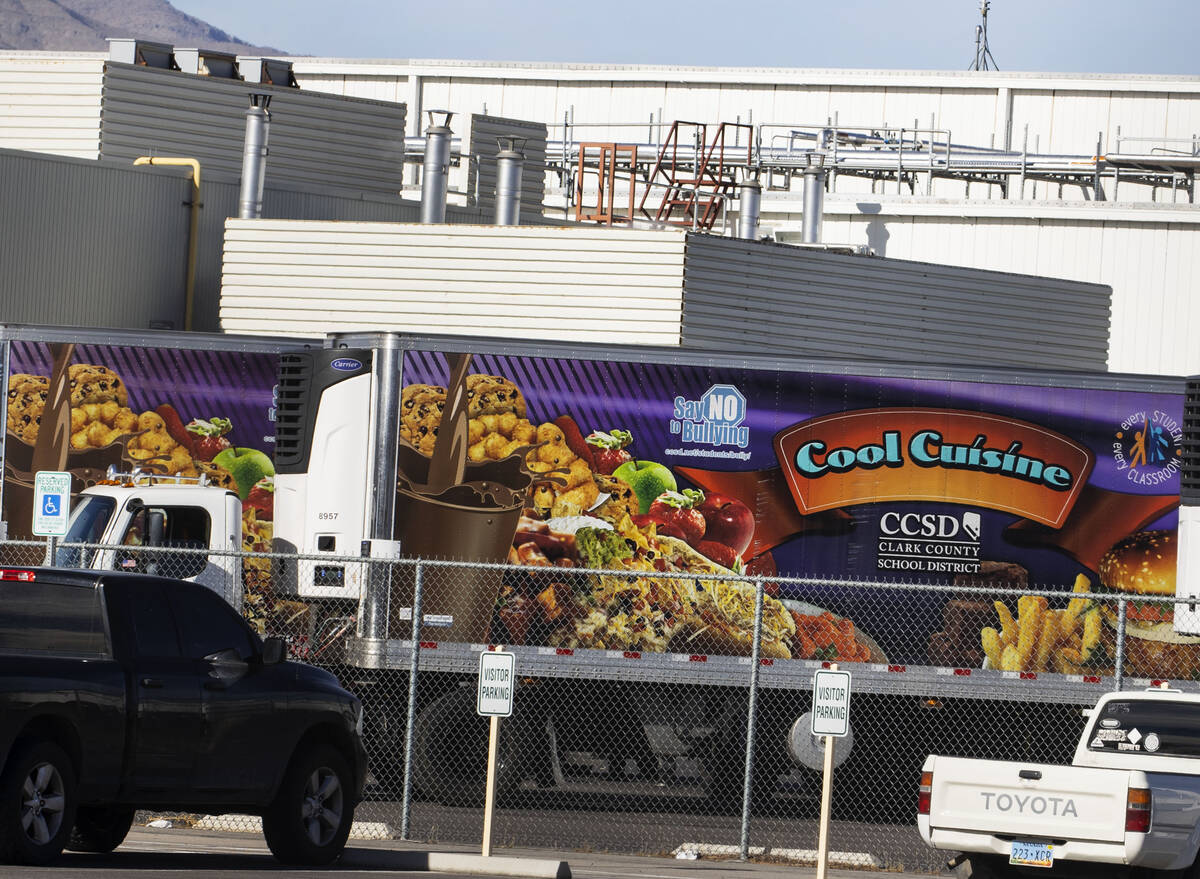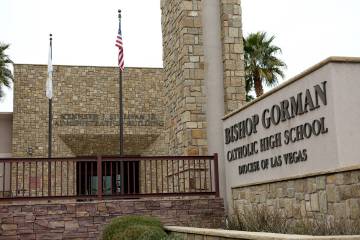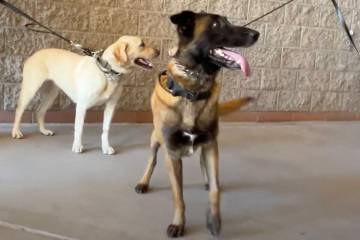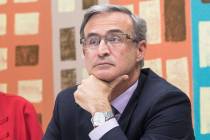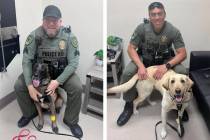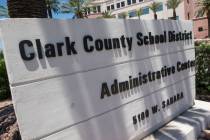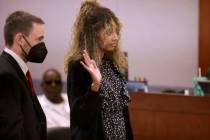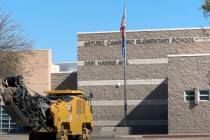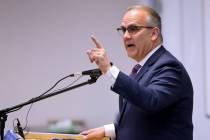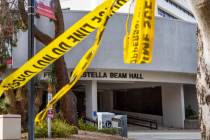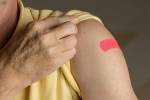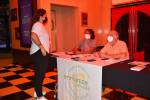CCSD nurses make quarantine calls in some classroom exposures
What happens when a Clark County public school student tests positive for COVID-19 shortly after sharing a crowded classroom with dozens of others?
The answer depends on the judgment of a school health professional charged with determining which classmates or staffers spent time close enough to the infected person long enough to require being quarantined.
The Clark County School District updated its quarantine and isolation guidance Dec. 30 to align with new Centers for Disease Control and Prevention recommendations.
The revised document states that students and employees “may or may not” be quarantined if they’re determined to be in close contact of someone who later tests positive for COVID-19.
It also states that quarantine decisions are made on a case-by-case basis using factors such as vaccination status, consistent mask use or a previous infection within the last 90 days.
Making the calls are school district health services and employee health nurses, who use established guidelines during contact tracing to inform their decisions, according to the document.
“If there are any concerns regarding specific cases, CCSD consults an on-site (Southern Nevada Health District) representative,” a district spokesman said in a statement.
Health district spokeswoman Stephanie Bethel noted by email that the public health agency will provide COVID-19 guidance to the school district if requested, but “is not the authority that makes school-based decisions.”
Seating charts, distance marks
The district document says seating charts are required for all classes in order to facilitate decision-making about who to quarantine.
A student who is 3 feet or less away from someone who tests positive will be quarantined “regardless of mask usage,” per the new CDC recommendations.
But students who are 3 to 6 feet away, or an employee who is less than 6 feet away, “may or may not be quarantined,” the document states.
Those who’ve completed a Pfizer or Moderna vaccination series within the last six months or received a Johnson & Johnson vaccination within the last two months — or who’ve had a booster shot — aren’t required to quarantine if they don’t have any symptoms, the document states.
However, they are required to wear a mask around others for at least 10 additional days, including during sports and outdoor activities, it says.
Those who are unvaccinated — as well as those who completed a Pfizer or Moderna vaccination series more than six months ago, or more than two months ago for J&J, and who haven’t received a booster shot — should quarantine for five days and wear masks for five more, it states.
For all groups, the recommendation is to take a COVID-19 test on day five. And if symptoms develop at any time, the person should take a test and quarantine.
Lining up with CDC
The district changes are intended to fall in line the new CDC guidelines that generally reduced isolation for individuals who test positive for COVID-19 and shortened the time those exposed to a positive case need to quarantine.
The district released a copy of its updated guidance to parents on the night of Jan. 4, the day before classes resumed after winter break amid a surge in COVID-19 cases spurred by the omicron variant.
The district, which has more than 300,000 students and 40,000 employees, has reported 1,820 cases among students and employees so far this month.
On Monday, its online COVID-19 case dashboard showed a total of 10,111 cases since July 1 among students and staff, up 823 cases from Friday. Kids accounted for 6,634 — or about 65 percent — of the total.
The district does not release data on the numbers of staff and students who are quarantined due to exposure to an infected person — a policy that Superintendent Jesus Jara has previously attributed to privacy concerns — but it has seen above-average absence rates among students and employees since classes resumed last week.
On Wednesday, the first day of classes after winter break, the district had 1,643 employee absences and an 83 percent student attendance rate. The rate worsened for employees Thursday, with 1,875 workers out, while the student attendance rate remained about the same.
As of Monday evening, the district hadn’t provided data for Friday or Monday in response to a Review-Journal inquiry.
It’s unclear how many absences are related to COVID-19 cases or exposures. Absences may be attributed to things such as “vacation time, sick leave, such as feeling ill, planned doctors appointments, maternity leave or other planned leave,” the district said in a statement last week.
Case rate for kids slowly rising
Health district data indicates the rate of COVID-19 among school-age children in Clark County has been inching higher recently, with those 17 and under now making up about 13.77 percent of total cases.
But the evidence continues to show that they usually do not get seriously ill from the disease, as they account for just 2 percent of hospitalizations and 0.1 percent of deaths.
Brian Labus, an assistant professor of epidemiology and biostatistics for UNLV’s School of Public Health, said interpreting the recent figures is difficult, especially given the recent holidays.
“Christmas break changed how kids interact overnight and that changed again as schools reopened last week,” he said in an email to the Review-Journal. “These abrupt changes have a big effect on the patterns of disease in the community.”
Also, vaccinations and boosters have been approved at different times for different age groups, which “can change the age-related patterns of disease we see as well,” Labus said.
But overall, COVID-19 cases have “skyrocketed across all age groups,” and the biggest factor is the omicron variant, he said.
Contact Julie Wootton-Greener at jgreener@reviewjournal.com or 702-387-2921. Follow @julieswootton on Twitter. The Associated Press contributed to this report.
Who stays, who goes and for how long
Under the new school district guidance, employees and students who test positive for COVID-19, regardless of vaccination status, must isolate for five days.
Employees "may telework if they are able to perform work duties remotely or may utilize accrued leave," the district said.
Employees and students may return to school on day six if they're asymptomatic or their symptoms are resolving, meaning "an individual's symptoms are improving and the individual is fever free for 24 hours."
If an employee doesn't return to work on day six, they must provide documentation from a medical provider "to confirm the necessity of the absence" and must use accrued sick leave.
After employees and students return, they must continue to wear a mask for five additional days, including "during sports and outside activities."
Employees and students who have been granted a mask exemption and who test positive for COVID-19 aren't allowed to return until day 11 and must be asymptomatic.



